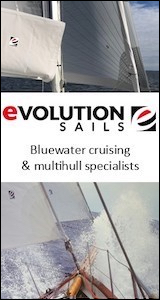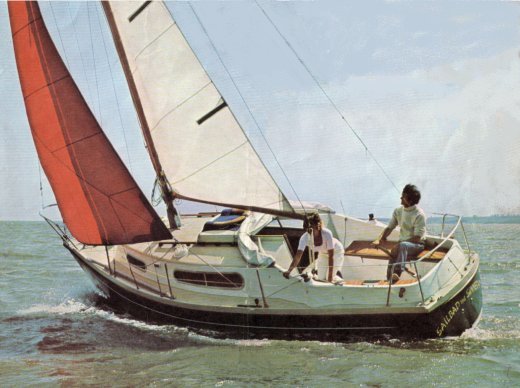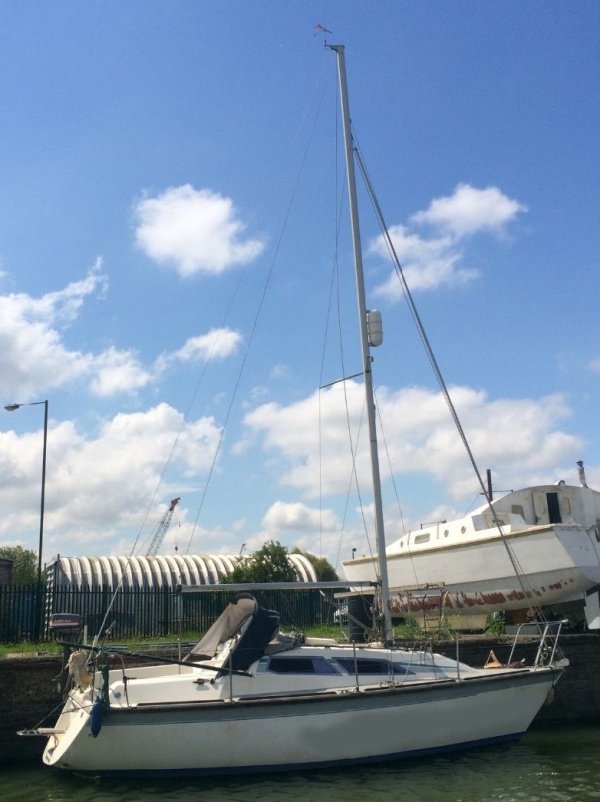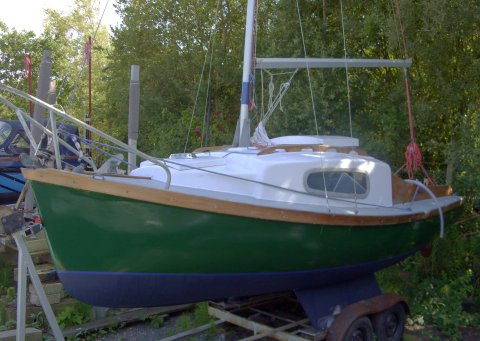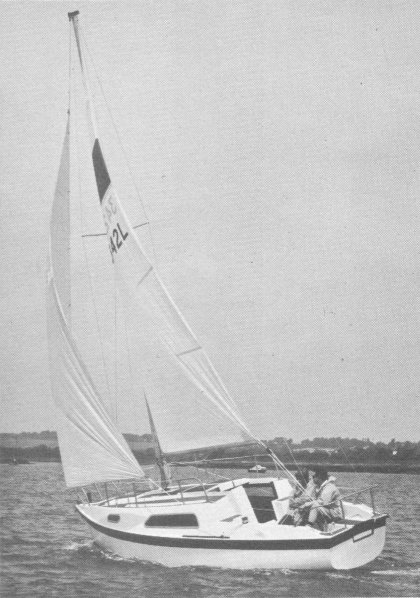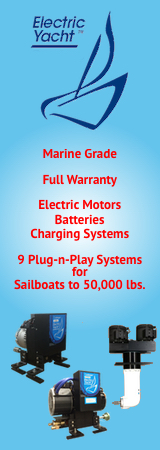A variant of the SEAHAWK 17 with more freeboard, bilge keels, and smaller rig.
According to the brochure, available in various stages of construction. An inboard engine and wheel steering was available. A fixed keel version, called the SENORITA, was sold by this same company.
Hull: Twin Keel
An upgraded version of the SNAPDRAGON 24. Slightly modified rig, and redesigned rudder and skeg. Bilge or standard keel models were produced.
Draft for fin keel vers. 3.5′.
Another version was MIRAGE 270 which came with more standard features. Not the same as the LEISURE 27.
Fin Keel (w/spade rudder) version: draft: 4.5′
From the same mold as the earlier GRIFFON 26.
One of the earliest ‘bilge keel’ designs, and predesessor to the first in the Westerly line, (WESTERLY 22). The designer was the founder of Beacons Boat Co., and later, Westerly Marine Construction Ltd..
Thanks to TOPAZ owner “Lee from Canada’ for providing pictures and information on this rare model.
His comments are as follows:
“There are two designs slightly different than one another. The earlier design (attached picture) includes a small forward hatch, plus a 3-stay rigging. The Sailboatdata page (originally) lists these boats’ manufacture starting in 1970. However, the article I attached shows they have been around since at least 1965. The Sailboatdata Topaz picture is the later design and includes a larger forward hatch area, a top-load lazarette, and a 6-stay rigging.”
Fin Keel version also available.
The Self tanking jib was standard equipment on both the Ranger 245 and 265.
Available with a fin keel. draft: 1.22m / 4 ft.
Reported sail area = main + #2 Genoa.
Sail area:
Main: 105 ft² / 9.76 m²
#1 Genoa: 190 ft² / 17.67 m²
#2 Genoa: 140 ft² / 13.02 m²
Working Jib; 100 ft² / 9.30 m²
Storm Jib: 50 ft² / 4.65 m²
Spinnaker: 430 ft² / 40 m²
Many were completed from kits.
Thanks to Cobra 700 owner Chaz Richards for sending additional information.
Fin or Bilge Keels.
Fin keel draft: 3.25 ft
AKA VIVACITY 650.
KINGFISHER 20 (Mk1) 1959 to 1959. Sail Numbers 1 to c.6
Keels moulded out of fibreglass as part of the hull. Transom hung rudder, large transom locker, engine well with removable seat sited at aft end of cockpit, fore hatch on the fore deck
KINGFISHER 20 (Mk2) 1959 to 1967. Sail Numbers c.6 to 267
Cast Iron keels. Later versions housed the engine in the transom locker using a pivot method similar to the 20+. Otherwise as per the K20 (Mk1).
KINGFISHER 20 Fin Keel. Year and Sail Number unknown
One produced and exported to Scandinavia.
KINGFISHER 20+ 1967 to 1978. Sail Numbers 268 to 464
Rudder shaft inboard through the transom, engine on swivel mechanism within the transom locker, hinged fore hatch located on fore cabin roof. There is also a long cockpit version primarily designed for the American market. Extra 70lbs of weight.
KINGFISHER 20+JR 1975 to 1978. Sail Numbers as K20+ but with JR at the end of the number. Sail number. 414JR is the oldest member number, 412JR being the earliest I”m currently aware of.
As 20+ but junk rigged. Fore hatch back on fore deck because mast stepped though the fore cabin roof. Came with either standard windows or portholes.
KINGFISHER 22 1978 to 1981. Sail Numbers 465 to x
This is identical to the K20+ except for a change in appearance when marketed by Kingfisher Yachts. The renaming to K22 was directly related to the boat length of 21”7″ . This model was listed in the P.B.O. guide to yachts in 1978 as the Hasler KINGFISHER 22.
KINGFISHER 22JR 1978 to 1981. Sail Numbers as K22 but with JR at the end of the number.
